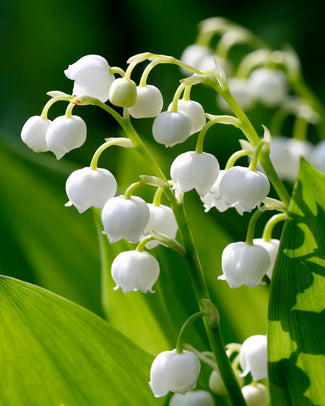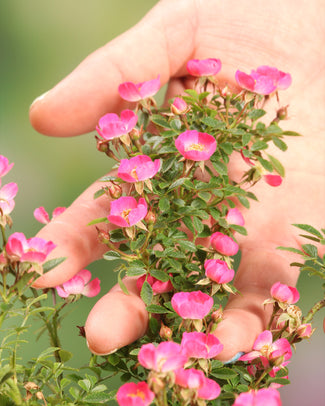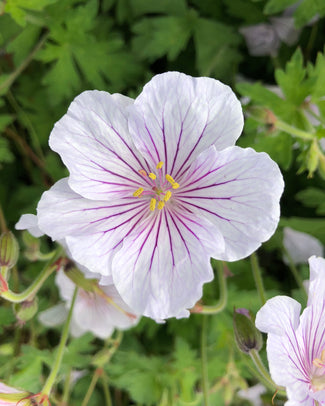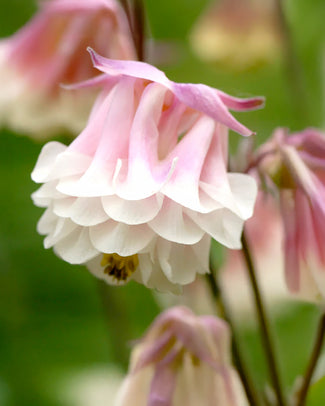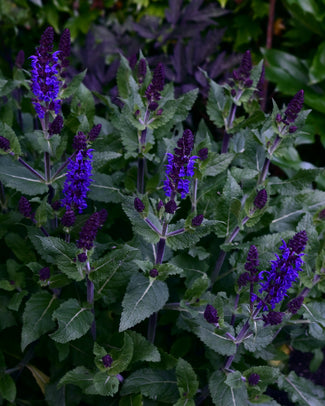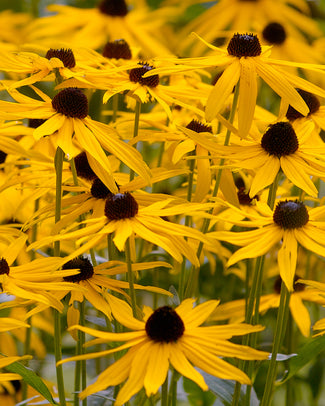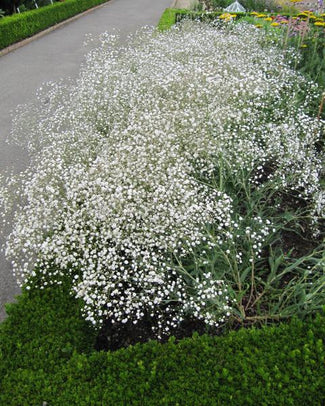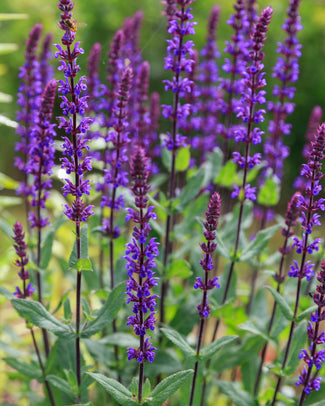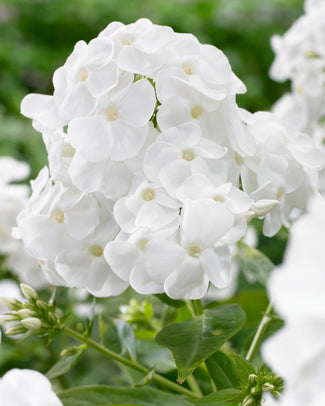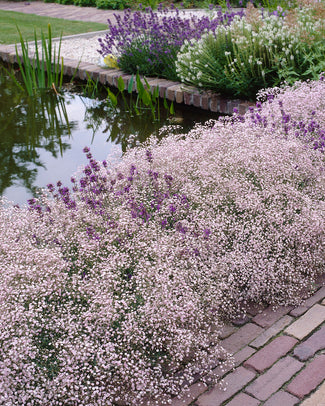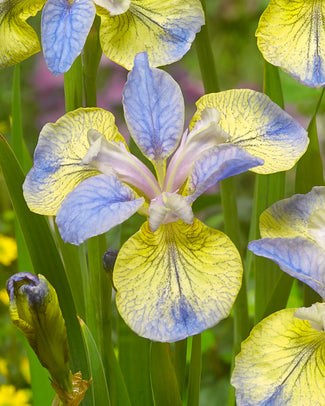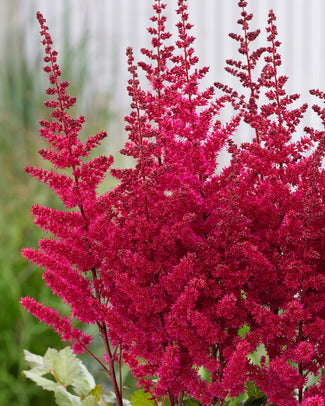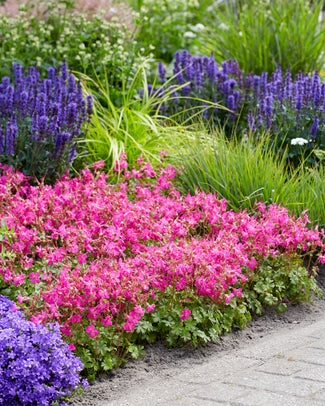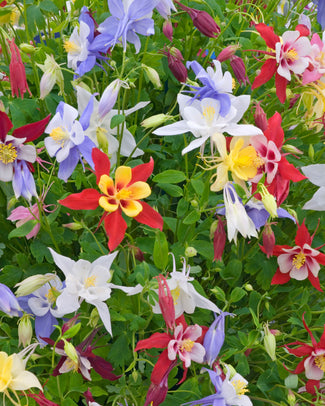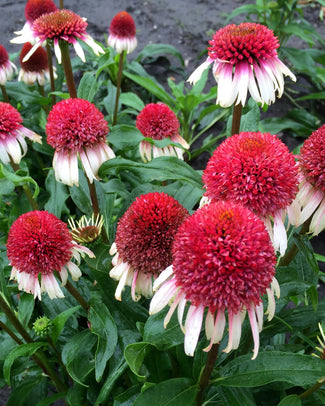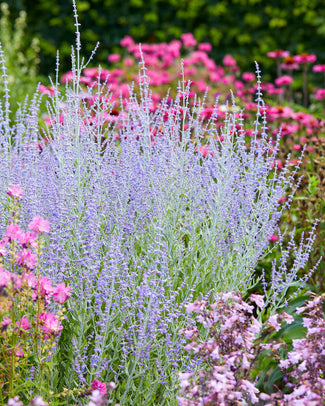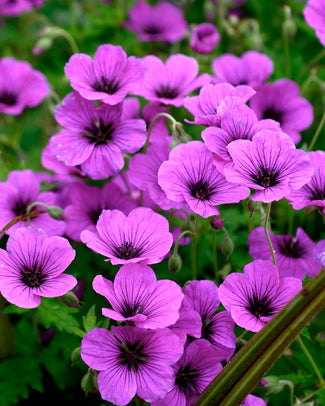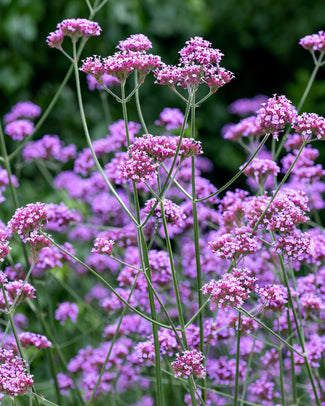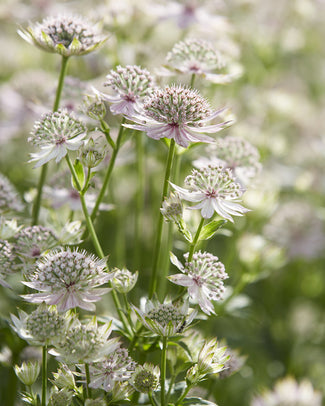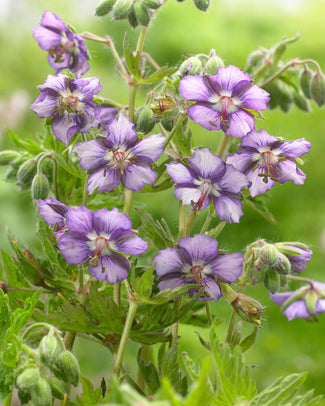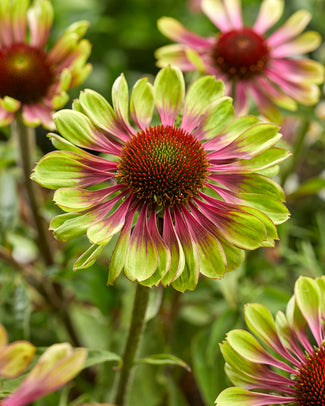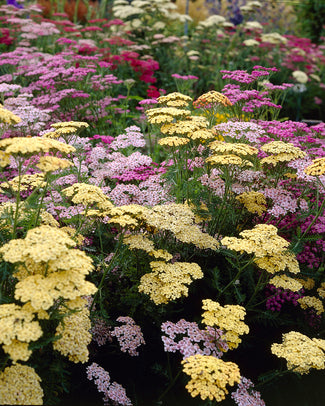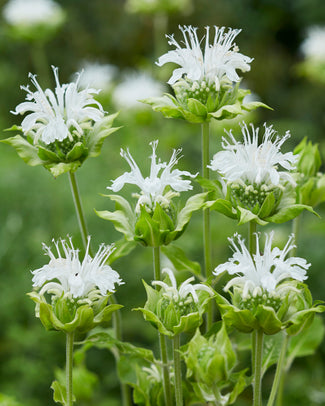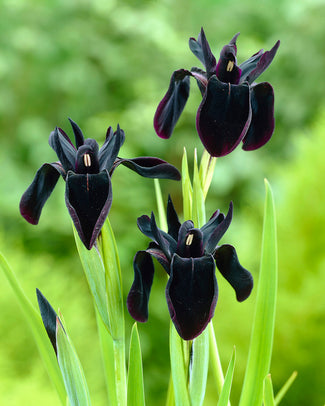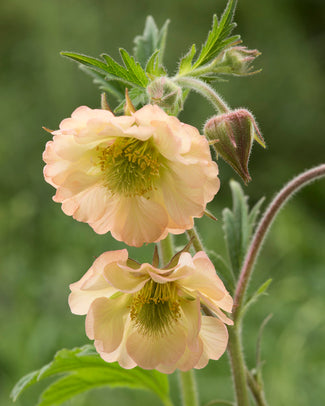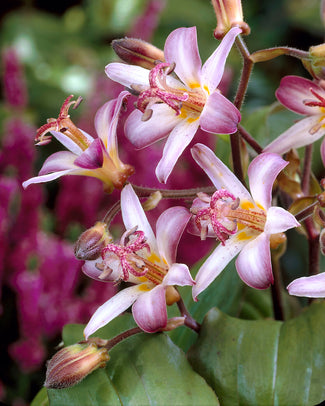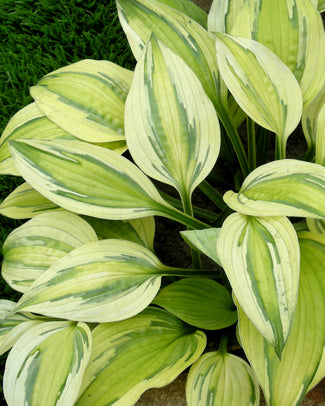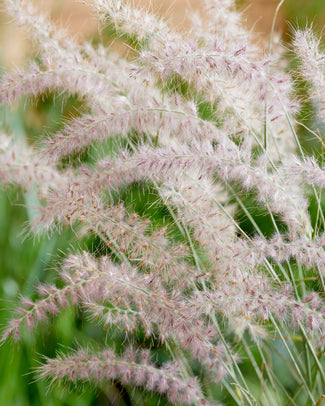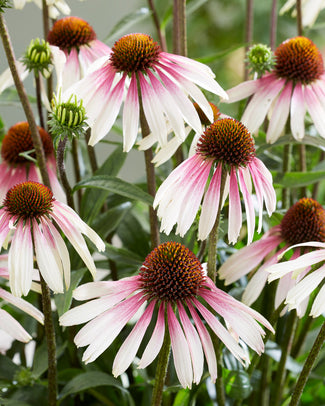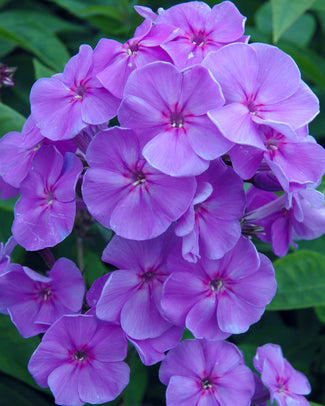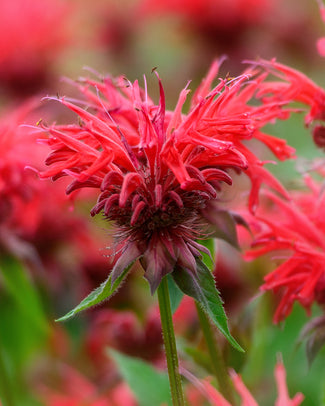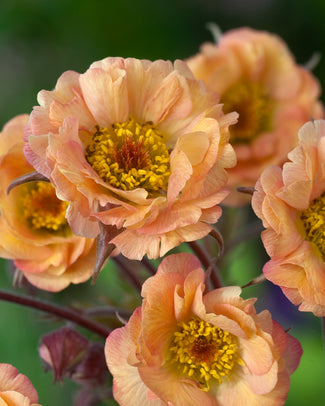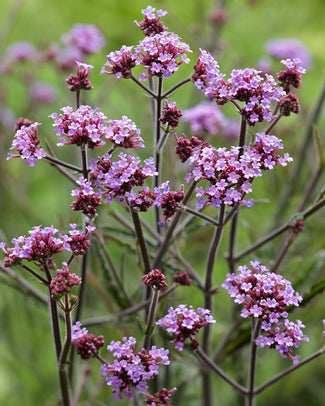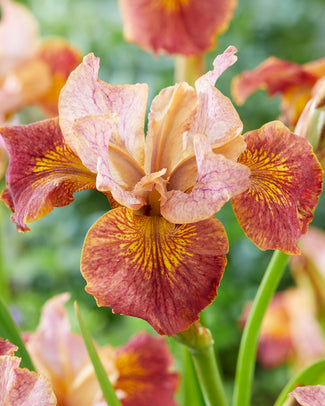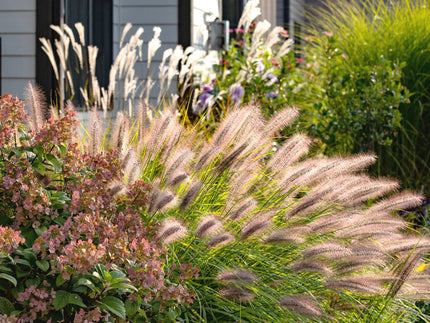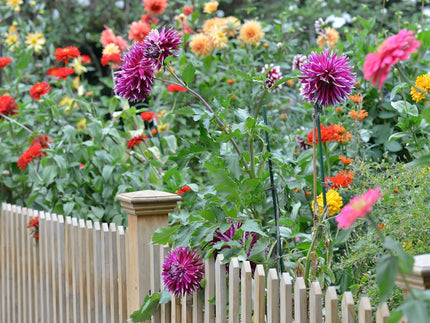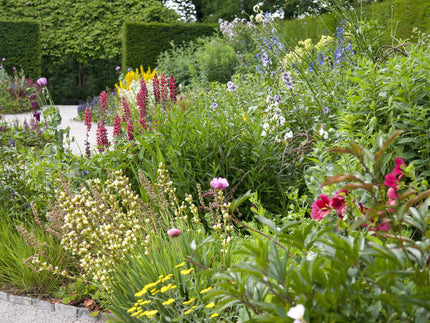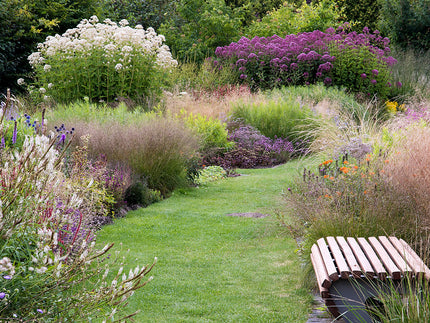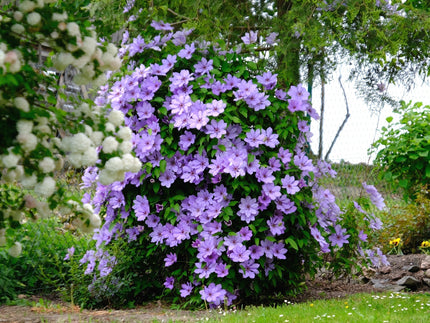How to plant Agastache
Agastache is a favourite of bees and butterflies due to its nectar rich flowers, making this a perfect addition to a wildlife or bee-friendly garden. They’re summer flowering perennials with aromatic leaves. In summer, they produce upright flower spikes which adds a vertical accent to planting schemes. They’re fully hardy which means they don’t require frost protection, and easy to care for with a bushy, strong and upright habit during the growing season.
How to plant
- Plant Agastache bare roots in spring between February and May, ideally within a week of delivery.
- Soak the roots in water for 3-6 hours prior to planting. Pot into temporary 2 litre (or 15-20cm diameter) pots, using a good quality multi-purpose compost.
- Plant with the roots submerged and with the top of the root system just level with the soil surface. Any shoots or leaves which have emerged already should be left exposed above the soil surface.
- Grow them on in a sheltered area outside. They can be transplanted into suitable growing positions after 2-4 months or once growth is established and the plants easily come out of the temporary pots with the soil held intact by the roots.
- When planting into the garden, choose a position in full sun or very light shade. Agastache grows well in most soil types, preferring a moist but well-drained soil.
- As with all young plants, monitor your new plantings for pest damage and keep space clear around the young plant, removing excess growth from neighbouring plants in the border to reduce competition.
- This perennial is fully hardy and does not require winter protection.
- Water-in after planting and keep hydrated when in growth, particularly during the first year. Once established, they can tolerate quite dry conditions.
Aftercare
- New growth emerges from the base of the plant each spring. In autumn, the stems will naturally die back. Anytime during autumn or winter they should be cut back to around 5cm above the soil surface.
- Deadhead as needed during the growing season to prolong flowering.
- Agastache are clump-forming perennials and over time the clumps will gradually increase in size. The plant will produce more flower stems from a larger clump. If the clump begins to look congested, it can be lifted in autumn or winter and divided.
































































































































































































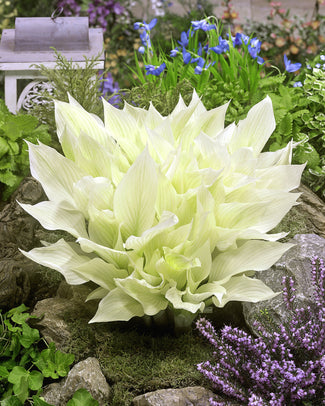
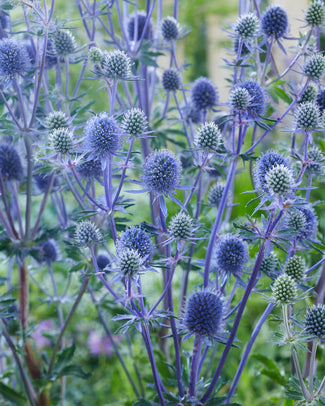
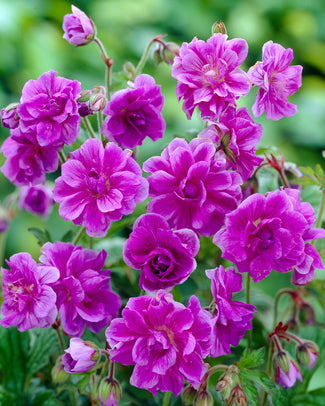
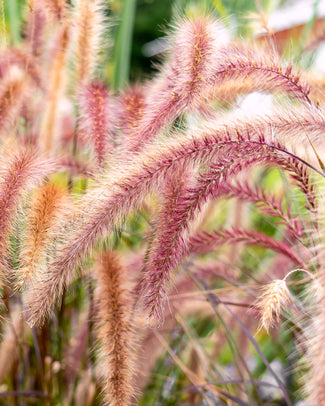
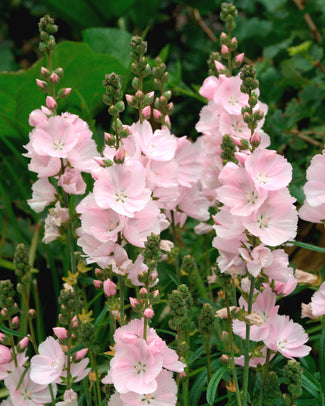
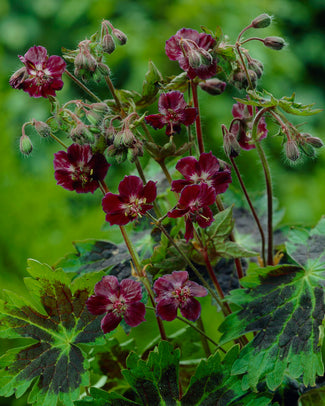
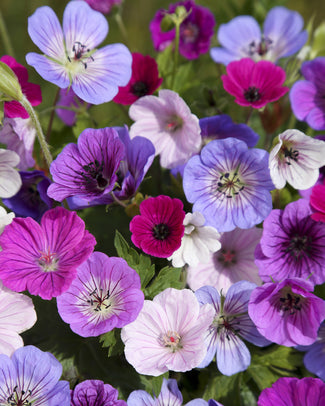
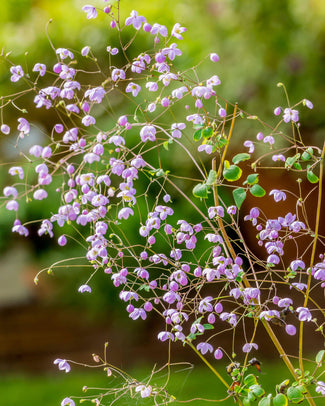
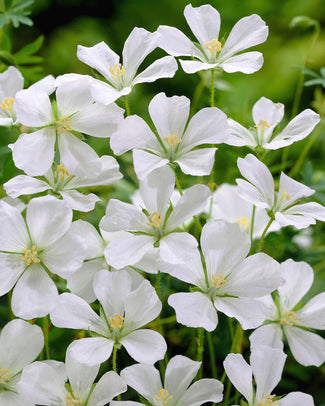
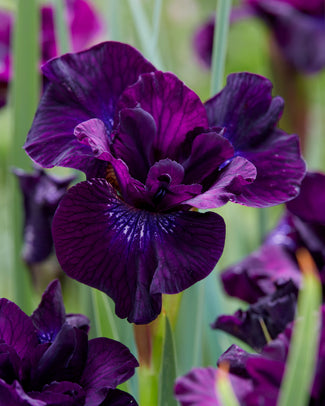
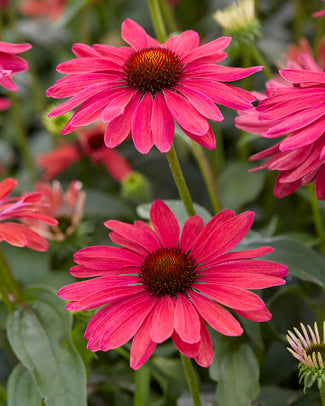
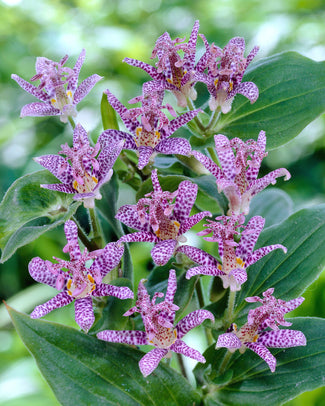
![Agapanthus 'Black Buddhist' []](http://www.farmergracy.co.uk/cdn/shop/products/agapanthus-black-buddhist-1_325x.jpg?v=1575625838)
